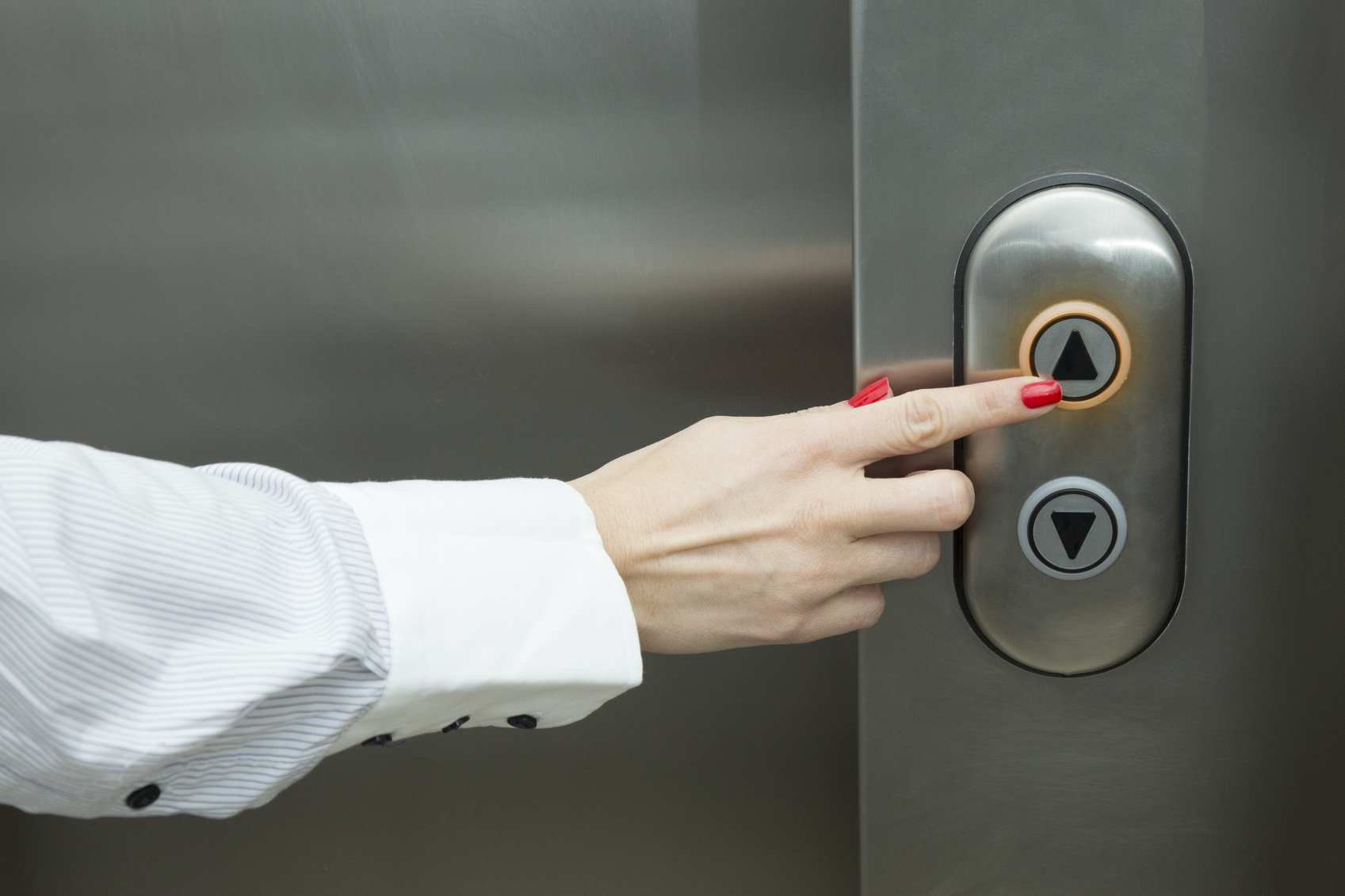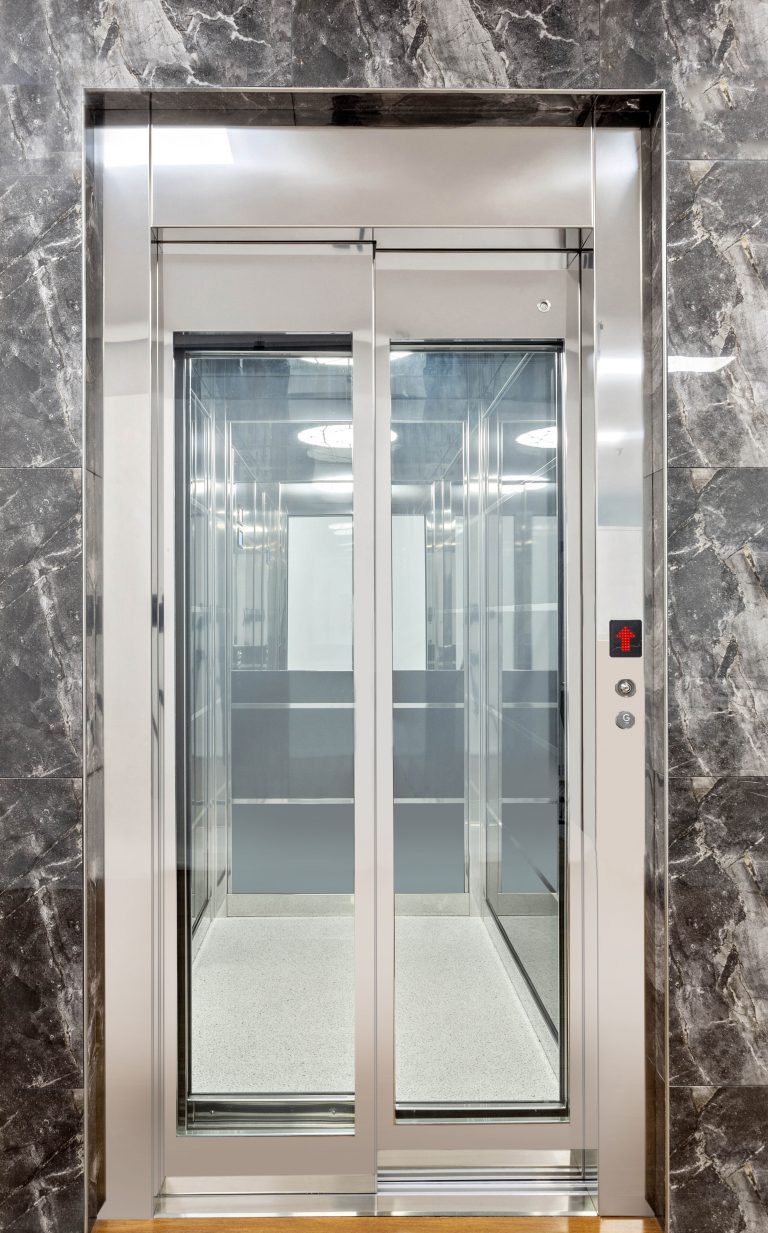Leading Lift Companies in London: Supplying Exceptional Solution and Support
Leading Lift Companies in London: Supplying Exceptional Solution and Support
Blog Article
Diving Into the World of Lifts: Typical Issues Dealt With by Various Lift Devices
As we navigate via the vertical transportation systems of contemporary structures, elevators stand out as an indispensable element of our daily lives. Nonetheless, behind their seamless procedure exists a world of detailed systems that can occasionally experience obstacles. From hydraulic elevators to grip systems and machine-room-less layouts, each lift type features its set of common problems. Comprehending these obstacles is crucial for making sure the smooth functioning of these crucial systems. Allow's check out the complexities that underlie the procedure of elevators and the possible issues that can develop, shedding light on the complex internet of lift mechanisms.
Hydraulic Elevators
Hydraulic elevators, typically favored for low-rise structures, utilize fluid pressure to control the motion of the elevator cars and truck (lift repair companies). This device entails a hydraulic pump pushing oil into a cylinder, causing the elevator to move in the preferred direction. While hydraulic elevators are understood for their smooth and peaceful operation, they do come with their own set of common issues
One prevalent problem with hydraulic elevators is oil leak. The seals in the hydraulic system can wear over time, leading to oil seepage. If left unaddressed, this not only produces a mess but can also affect the lift's efficiency. In addition, problems with the control system, such as malfunctioning valves or a malfunctioning pump, can cause disruptions in the lift's activity.
Regular upkeep and punctual repair services are important to guarantee the smooth functioning of hydraulic lifts. By attending to these typical issues proactively, structure owners can reduce downtime and ensure the safety and security and performance of their vertical transport system.
Grip Elevators
When considering vertical transportation systems in structures, one more common kind in addition to hydraulic lifts is the traction lift. Traction lifts run using a system of ropes and weights that move the lift automobile by gripping onto the hoist ropes. This device enables smoother and much faster vertical transport compared to hydraulic systems.
Among the common problems faced by grip elevators is rope wear. The continuous activity of the ropes within the traction system can bring about tear and put on in time, possibly causing the lift to malfunction or end up being unsafe for use. Normal evaluations and upkeep of the ropes are necessary to make certain the elevator's appropriate performance and safety.
An additional issue that traction lifts might experience is associated to the control system. Troubles with the control system can result in problems such as unpredictable movement, hold-ups in reaction times, or even total closures. Regular testing and maintenance of the control system are critical to stop such problems and make certain the elevator's reliability.
Machine-Room-Less (MRL) Elevators

Among the essential parts of MRL elevators is the portable gearless traction machine that is set up within the hoistway. This equipment efficiently drives the lift car without the demand for bulky tools discovered in traditional traction elevators. In addition, MRL lifts commonly use a weight system to balance the auto, more improving their power effectiveness.
In spite of their benefits, MRL lifts might encounter challenges associated with upkeep and fixing as a result of the restricted space for equipment installation. Availability for servicing components within the shaft can be restricted, calling for specialized training for technicians. Appropriate maintenance schedules and normal examinations are essential his response to guarantee the ongoing smooth procedure of MRL lifts.
Overloading and Weight Limitation Issues
Overwhelming and weight limit issues are critical problems in elevator procedures. Elevator manufacturers design raises with certain weight capabilities to ensure guest safety and devices longevity.
When lifts are overwhelmed, it puts too read what he said much stress on the motor, wires, and other elements, potentially creating malfunctions or breakdowns. Safety systems such as sensing units and overload sensing units are in area to stop elevators from relocating if they spot excess weight. Furthermore, exceeding weight limits can result in raised energy consumption and deterioration on the elevator system.
To minimize overloading problems, building supervisors ought to plainly display weight limits in lifts and enlighten owners on the importance of adhering to these constraints - lift repair companies. Normal maintenance checks by certified specialists can also help make sure that lifts are running within secure weight criteria. By attending to overloading and weight limit problems proactively, building proprietors can improve elevator safety and security and performance
Electrical System Failings
Exceeding weight limitations in elevators can not just lead to mechanical problems yet also potentially add to electrical system failings within the lift facilities. Electrical system failures are an essential problem in elevator procedure, as they can create unanticipated closures, malfunctions, or also safety risks.
Routine maintenance and inspections are critical to recognize and resolve potential electrical problems without delay, making certain the secure and reliable procedure of elevator systems. By adhering to weight restrictions and conducting routine electrical system checks, building proprietors can reduce the danger of electric failings in elevators.
Conclusion

Hydraulic lifts, frequently chosen for low-rise buildings, use fluid pressure to control the activity of the elevator cars and truck.When considering upright transportation systems in structures, another typical kind aside from hydraulic lifts is the grip elevator. Traction elevators run making use of a system of ropes and weights that move the elevator automobile by gripping onto the hoist ropes. Unlike typical elevators that call for a different machine area to house the equipment, MRL elevators incorporate most of the elements within the shaft, eliminating the need for a dedicated machine area.In conclusion, lifts deal with common issues such as hydraulic malfunctions, traction system failings, and electrical system issues.
Report this page